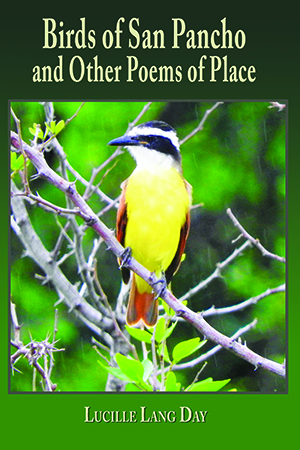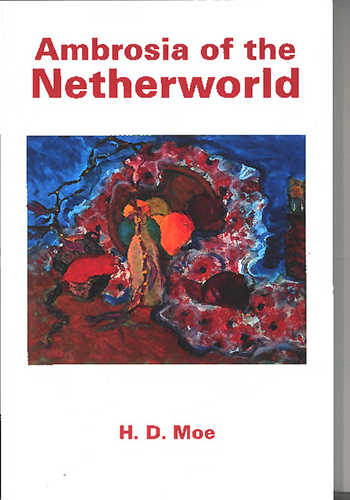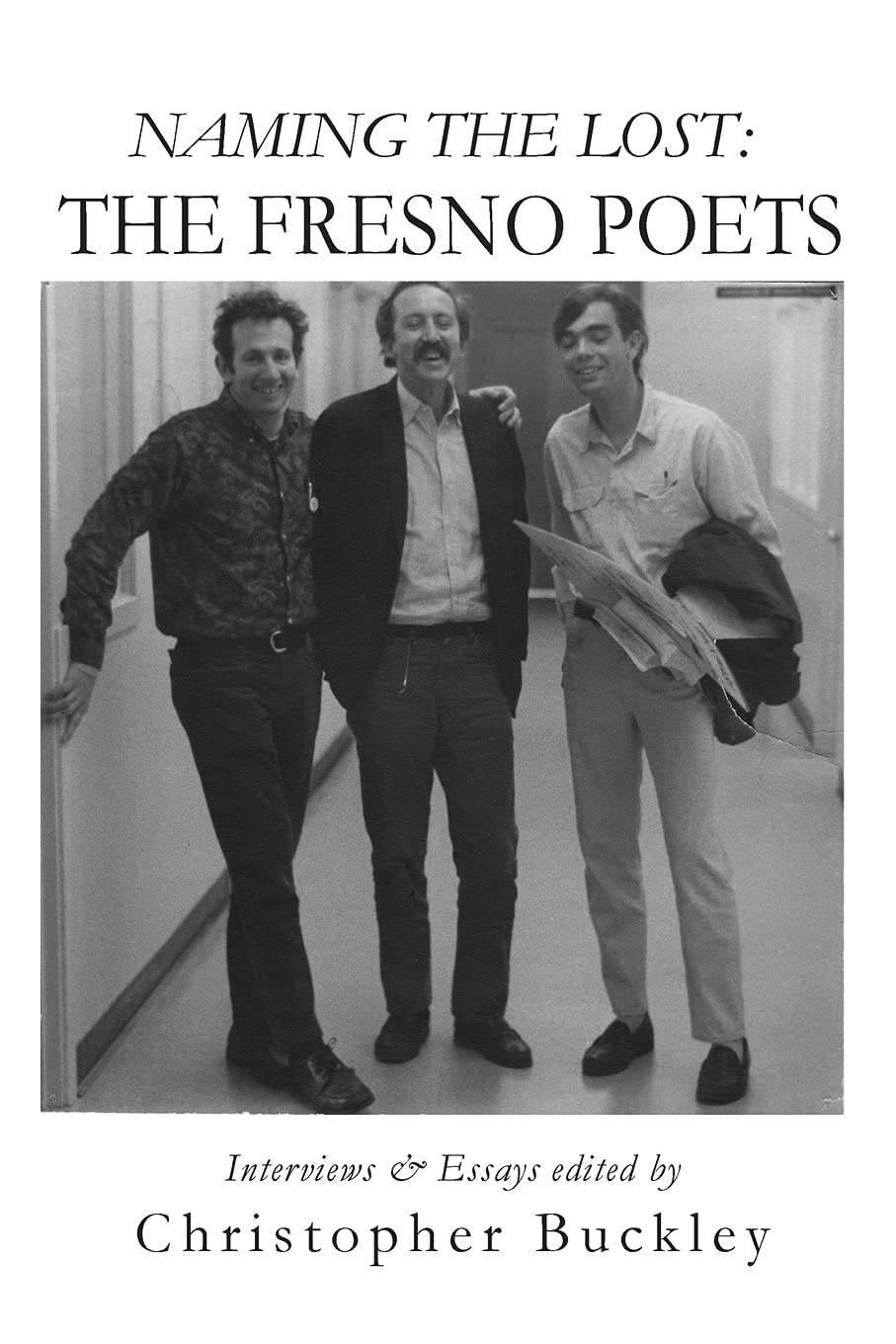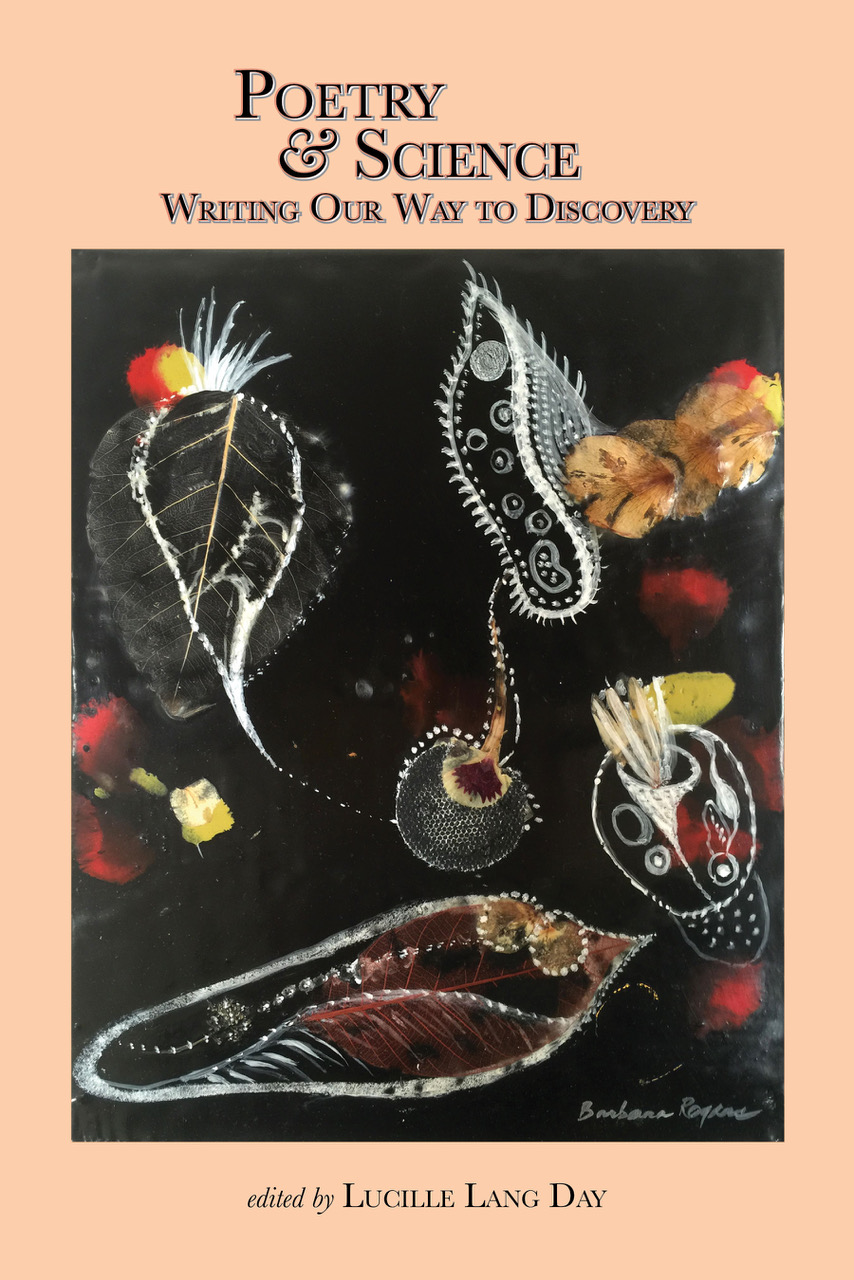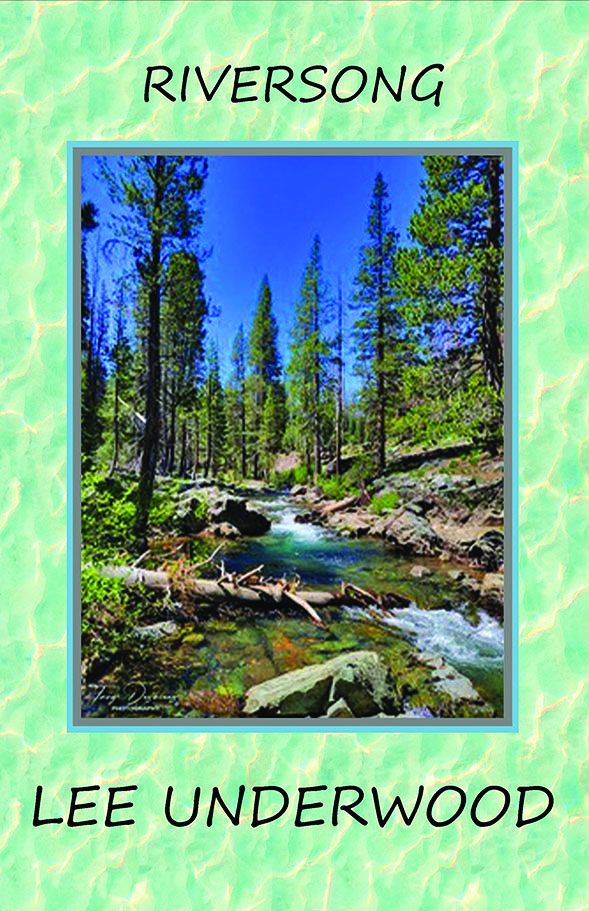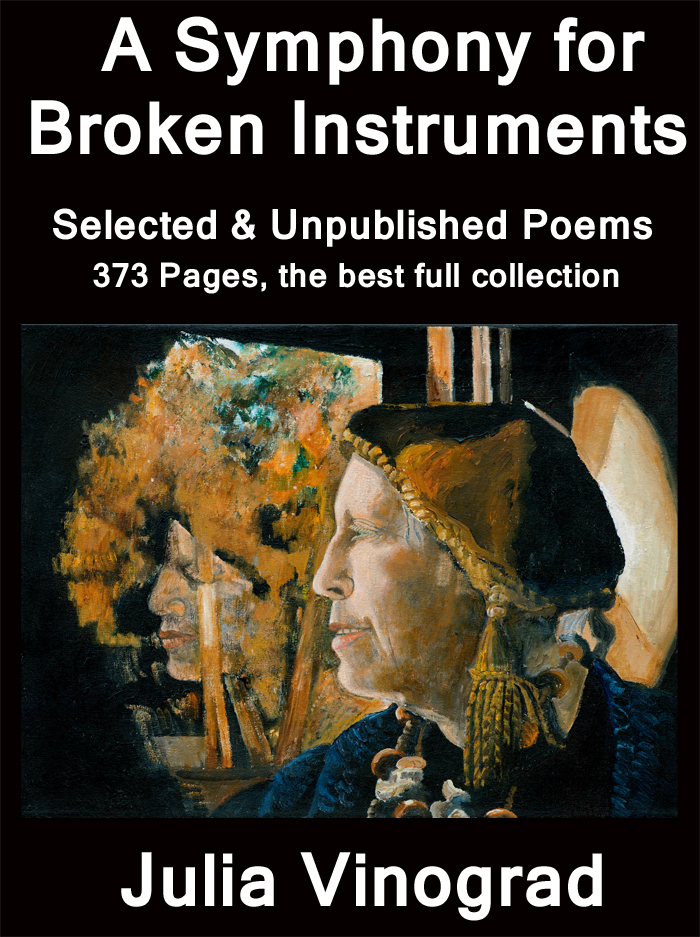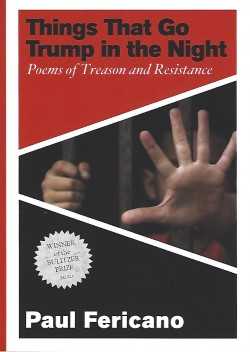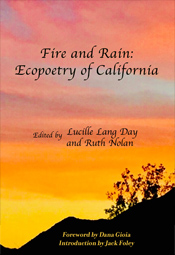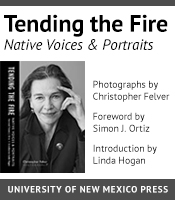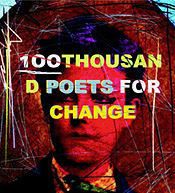
Breaking Silence
a review by Destiny Kinal
Fire and Ink: An Anthology of Social Action Writing, co-edited by Frances Payne Adler, Debra Busman, and Diana García, University of Arizona Press, Tucson, 2009, 460 pages, $32.95 paperback.
The editors of this anthology assert: "It is the need to privilege…non-mainstream realities now that compels us to name social action writing as a literary movement." Naming something calls it into being. In resonance with international coalitions of local protests—of indigenous peoples, the peace movement, anti-globalization and its concomitant food revolution—social action writing, "deeply rooted in U.S. history," according to the editors, unquestionably lays down a tested template that could be taken up by any population across the planet.
At the same time, the social action movement named here and now, is a dyed-in-the-wool movement of the Americas, as borders between the continents of North and South America inevitably have become permeable, and as populations of Canadians, aligned and independent indios from Tierra del Fuego to the Arctic Circle, Chicanos, Puerto Ricans, Haitians, and others from the Caribbean Islands integrate into the U.S. population, bringing their cultures with them.
Fire and Ink explores "breaking silences, bearing witness, and celebrating resistance," the three hallmarks of social action writing. It also checks in on activists in schools, colleges and jails; examines the migrant worker experience in corporate agriculture; points up Asian-American sensibilities; and celebrates the maturity of the triumvirate of movements: civil rights, feminism, and peace.
* * *
In the anthology, the first Native American poet to speak does so with the rhythm of drum and dance. Metrically, Ralph Salisbury's poem lays out the complex footwork of the "Fancy Dance," illustrating the dicta often repeated by writers that form flows from content:
I am dancing, with giddy expectation, on
stone only glaciers have carved, when,
out of some utterly beyond me lexicon,
dawn wind, a fancy dancer, from every tribe,
whirls petals faster than any man,
thought by exuberant thought jigging, toward summit and
exhaustion's rhapsodic anticipation of fulfillment, can.
(from "A Fancy Dancer, Ascending Among Mountain Flowers")
And Leonard Peltier, Native American and political prisoner, movingly re-inhabits the story of the massacre of Big Foot's band in the middle of famine, of winter.
* * *
Many of the students and several of the faculty in California State University's innovative Monterey Bay Social Action Creative Writing program, showcased here, come from migrant worker families in California's Central Valley. If one stirringly evokes, as César Chávez did, what has been witnessed, it horrifies the mind and inspires the consumer to boycott grapes. This is how change is effected. But taking poetry and creative prose to the people through readings and spoken word performances in political rallies is the genius of change. The imagery planted by poetry germinates and persists.
Jimmy Santiago Baca leads us through the gritty and lifesaving accomplishment of achieving literacy as Sapphire's Push, had earlier. "Terreno," by Zachary Knapp, uses the authority of the well-meaning English-speaking narrator to show us the cruelty of prejudice among Anglo farmers in rural communities. No one can take away the power of the prose of writers like these and of Ray Gonzalez, limning the archetypal world of El Paso and la migra on the border of the Rio Grande River. And the poetry of Francisco Jiménez's prose lacerates your heart in "The Circuit," about strawberry pickers being sprayed with pesticides.
Just so, through poetry, smashing tomatoes becomes an unforgettable image in Martín Espada's "Federico's Ghost." "After Federico died," Espada tells us sparely:
rumors at the labor camp
told of tomatoes picked and smashed at night,
…
and the old women in camp
said it was Federico,
laboring after sundown
to cool the burns on his arms,
flinging tomatoes
at the cropduster
* * *
Who will tell these stories, so essential to seeing who we have become, the first step toward healing?
David Mas Masumoto's "epitaph for a peach" reminds me of the loss I feel every shopping day confronting the bins of tasteless fruit bred by the cooperative extensions of the land grant colleges for fruit associations seeking top dollar instead of the dusky fragrant peaches I remember buying and biting into. I witnessed the same disappointment in the big wholesale market in Narbonne, France as Alice Waters, who reportedly deep-sixed an offer to establish a restaurant in Paris, disconsolately asked, "Where are your heirloom vegetables?"
Robert Hass's eloquent prose poem, "A Story About the Body" tells a simple tale of a poet and a Japanese sculptress at an artists' retreat. When he speaks to their mutual attraction, she is compelled to tell him of her double mastectomy. When he withdraws, saying he can't do it, she leaves a gift:
…in the morning he found a small blue bowl on the porch outside his door. It looked to be full of rose petals, but he found when he picked it up that the rose petals were on top; the rest of the bowl—she must have swept them from the corners of her studio—was full of dead bees.
* * *
I would never presume to name any writer's fiction autobiography, and yet the scent of personal experience, of disclosure, of breaking silences, rises sharply from all of these anthologized narratives.
* * *
Strong images of assumed cultural superiority are presented in the excerpt from Esmeralda Santiago's "The American Invasion of Macún." This sly dramatization of a U.S. program to educate Puerto Rican women, featuring a food chart where none of the foods on the chart are grown locally, skewers the smug imperialism that still informs globalization, perpetrated by multinational corporations, backed by U.S. foreign policy and the IMF and World Bank. (Have I started to froth at the mouth? Take the test: read Fire and Ink, the anthology.)
* * *
By the time I finished "Section 8: War and Other Forms of Violence," a ringing testimony to the maturity of our poets writing against war: Ostriker, Darwish, Hirschman, Forché, I felt like weeping. Reaching "Section 9: Waging Peace/Love as Revolution," I was devastated by Sharon Olds's "Late Poem to My Father," Olds's compassionate testimony to what shapes our abusers.
…I always thought the
point was what you did to us
as a grown man, but then I remembered that
child being formed in front of the fire, the
tiny bones inside his soul
twisted in greenstick fractures, the small
tendons that hold the heart in place
snapped. And what they did to you
you did not do to me. When I love you now,
I like to think I am giving my love
directly to that boy in the fiery room,
as if it could reach him in time.
Having seen the ultimate spoken word artist Patricia Smith perform, I can re-create her voice in "Building Nicole's Mama," for a 6th grade class in Liberty City, Miami:
Can poetry hurt us? they ask me before
snuggling inside my words to sleep.
…
and can you teach me to write a poem about my mother?
I mean, you write about your daddy and he dead,
can you teach me to remember my mama?
…
And now this child with rusty knees
and mismatched shoes sees poetry as her scream
and asks me for the words to build her mother again.
Replacing the voice.
Stitching on the lost flesh.
So poets,
as we pick up our pens,
…
remember Nicole.
She knows that we are here now,
and she is an empty vessel waiting to be filled.
And she is waiting.
And she
is
waiting.
And she waits.
* * *
The editors tell us that, "In building the book, we have placed the student of social action writing at the center…." I think these students will be inspired. The editors also "honor the elders" and I notice again how different this generation of activists is from mine, who disdained the advice of our elders, a generation espousing the misbegotten values of the 1950s. They treasure us, honor and need us. I once walked into a building in west Oakland with Van Jones, guiding me as a visitor from the foundation world to visit youth activists who formed the backbone of the Books Not Bars movement. On the wall above desks and bookshelves was painted a mural of their heroes, among them three young women I had done my MFA with: Aya de Leon, Asha Bandele, Meri Danquah.
This anthology leads one to see that the giants we honor as heroes, such as Adrienne Rich, have taken to narrative as they describe their activism as writers, as teachers, and as workers. In Arts of the Possible, she exhorts us "Not to interrogate old, corrupt hierarchical systems, but to ask anew, for our own times: What constitutes ownership? What is work? How can people be assured of a just share in the products of their precious human exertions? …How much inequality will we go on tolerating in the world's richest and most powerful nation?" If the question is: Where do we find the courage to continue? The response has to be: Do we have a choice?
When elders become teachers, their poetry turns to narrative: Audre Lorde on the importance of breaking silences. Toi Derricotte's classic "Baring/Bearing Anger: Race in the Creative Writing Classroom." Alice Walker, Toni Cade Bambara—praise be, the list is legion in this collection!
Does the act of releasing long-held silences, of retrieving voice, of witnessing outrage, unleash enough power to fuel a multi-generational diverse movement? Poems of Protest, Old and New was last published in 1971. Paul Hawken's Blessed Unrest: How the Largest Social Movement in History Is Restoring Grace, Justice, and Beauty to the World, trumpeting the good news of a silent movement gathering itself, was released in paperback in 2008. Will the Split This Rock Poetry Festival of Provocation and Witness in Washington D.C. thrive in the fertile soil tilled by the Geraldine R. Dodge Poetry Festival?
There is a 'how to' manual near the end of Fire and Ice, "from Activism in Academia: A Social Action Writing Program," written by the co-editor and co-founder of the CSUMB Creative Writing and Social Action Program, poet Fran Adler. It appears to be a wind that could blow seeds across the country, where this method—as powerful and influential a pedagogy as the Amherst Writers & Artists method has been for the last two or three decades—could take root and thrive. ![]()
Destiny Kinal is the author of Burning Silk, first novel in the Textile Trilogy, which received a Silver Medal in the First Novel category of the IBPA Benjamin Franklin Awards. She is a founder of sitio tiempo press, part of the Reinhabitory Institute in Berkeley, California.







